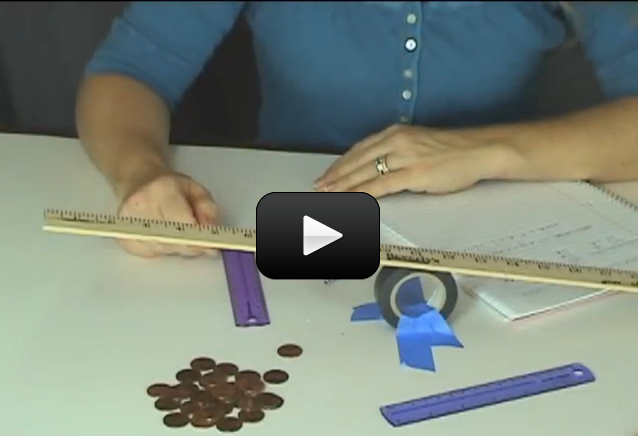We’re going to use everyday objects to build a simple machine and learn how to take data. Sadly, most college students have trouble with these simple steps, so we’re getting you a head start here. The most complex science experiments all have these same steps that we’re about to do… just on a grander (and more expensive) scale. We’re going to break each piece down so you can really wrap your head around each step. Are you ready to put your new ideas to the test?
This experiment is for Advanced Students.
Please login or register to read the rest of this content.


If you are using the program by Topic (see the “Topics” link in the upper nav bar near the top?) then when you select a unit, you’ll also find a shop list link in the menu on the right side after you are inside one of the units. If you are accessing the upper level content (like this one: https://www.sciencelearningspace2.com/grade-levels/advanced-projects-2/advanced-physics/), then the shopping lists are in each section. Does that help?
Note: there’s no main shop list for the grade level section yet, as I am still adding content to each grade at this time. Hope this helps!
Is there a complete materials list that I am overlooking or do we have to click on each individual experiment to access the list? I would like to be able to purchase everything for each experiment so that it is available if my kids get ahead.
If you’d like access to all the experiments in a particular grade level, just let us know and our team will set you up with it so you can do all the experiments in that level.
It appears as though this experiment and the next 3 experiments under 7th grade energy are for advanced students. Are there some other 7th grade level experiments we could do in place of these?
Thanks,
Jami
Yes!
do joules = meters * newtons?
cool
(;
Whoops – yes, it is, actually. It didn’t get flagged right – sorry about that! We’ve fixed it and put it in the right place. Thanks, Sevy! 🙂
Is this expirement for grades 9-12 ?
🙂
sevy keble